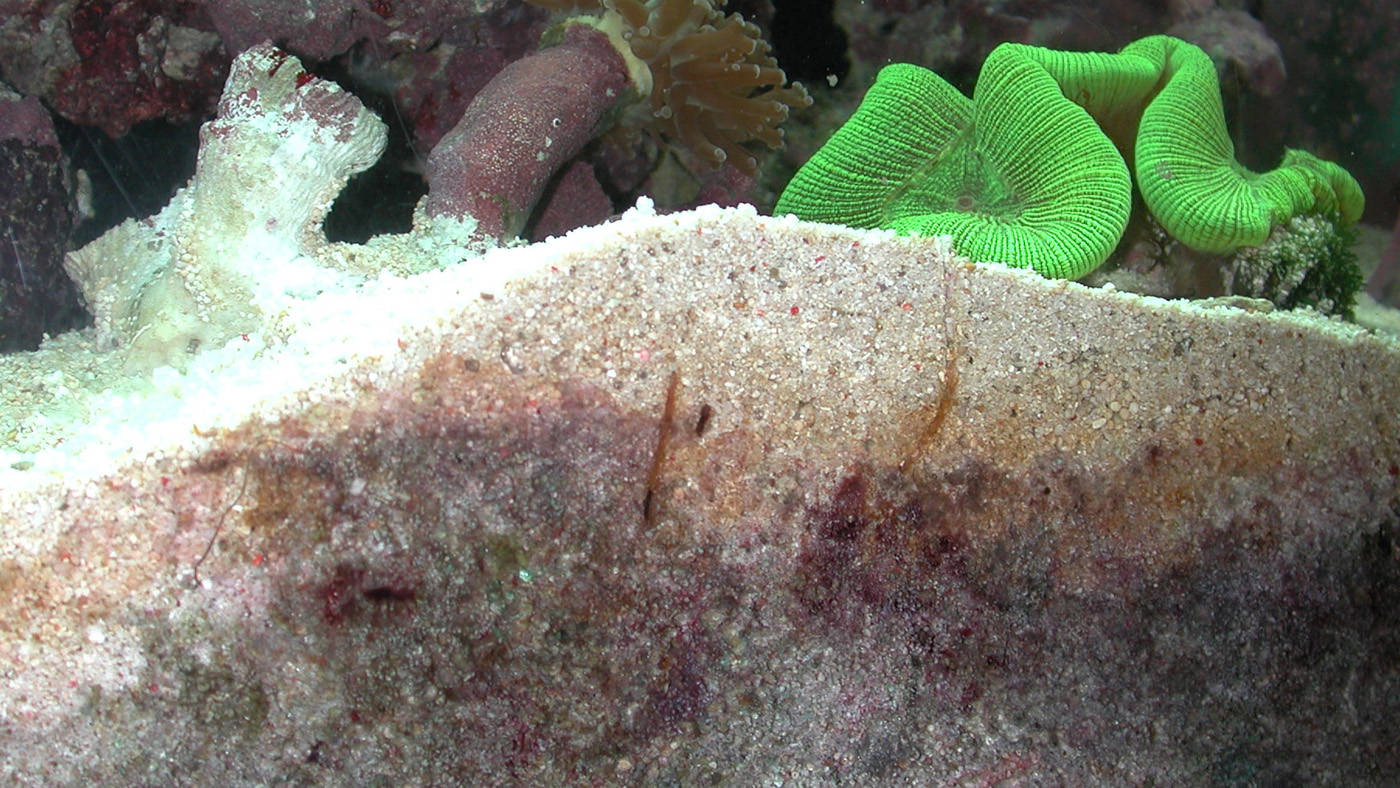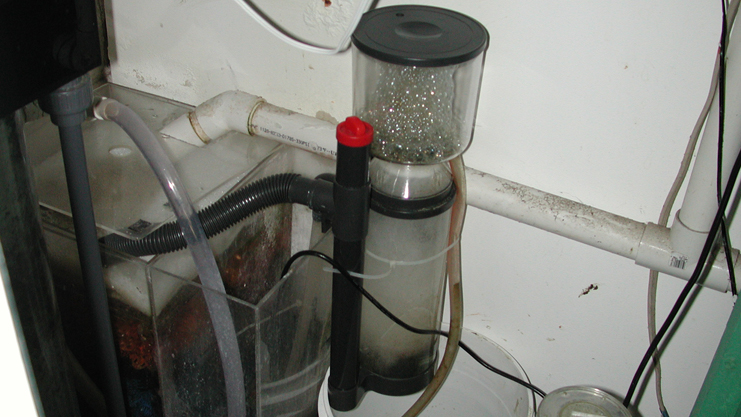Protein skimmers have been around for a long time, and within the last decade or so, manufacturers have made great improvements in their efficiency. A good protein skimmer can cost several hundred dollars with a pump. Today there are a growing number of reef keepers that are very successful in running their reef tanks without one. We need to question why these tanks are doing so well.
I have run many marine fish-only and reef aquariums with and without protein skimmers for years. To this day, running a protein skimmer is not a noticeable benefit. I ran a protein skimmer for many years on a fish-only system, and then I took it off the system. The system was run for years without a protein skimmer and had no noticeable effect on fish health. I have also set up many reef systems without protein skimmers and had excellent results with small polyp stony (SPS) corals growing very well and several species of marine fish spawning. Some reef system setups had undetectable nitrate levels after being set up for years.
Why are these systems doing so well? You only need to look at reef systems' macro and micro-creature inhabitants. Many of these creatures are filter feeders that process the same proteins that protein skimmers remove from the system. When a deep sand bed (DSB) is used in the system, it can be heavily colonized by these filter feeders that help with water exchange through the sand bed. The slow water exchange through the sand bed significantly helps with natural nitrate reduction (NNR). This can help explain why some reef tanks without protein skimmers have undetectable nitrate readings. When you run a protein skimmer on a reef tank, you essentially remove a food source for these creatures, affecting the population the system can support.
Many marine hobbyists that set up their system from the beginning with protein skimmers often notice a substantial decrease in the amount of foam they collect after the system has been set up for several months. Many begin to think their protein skimmer is not working as well anymore, even though the flow rate and bubble production look the same. This can be attributed to the fact that filter feeders have started to colonize the system heavily and are now competing with the protein skimmer for proteins.

In systems with no DSB or fish and/or invertebrates that would feed upon the filter feeders in the sand bed, a protein skimmer will benefit water quality regarding oxygen-caring capacity and nitrate/phosphate accumulation. These benefits can also be realized with sizeable regular water changes.
Protein skimmers on live rock curing tanks are still a great benefit, as the process of curing live rock kills many filter-feeding organisms. When there are no filter-feeding organisms, the best way to remove proteins is with a protein skimmer.
The theory behind running a protein skimmer on a marine aquarium sounds good, but its impact on well-established marine aquariums is minimal. Independent research needs to be done to validate the value of running a protein skimmer on a marine system. With all the examples of marine aquariums doing exceptionally well without protein skimmers, I find it harder to justify the expense for all marine aquariums.
